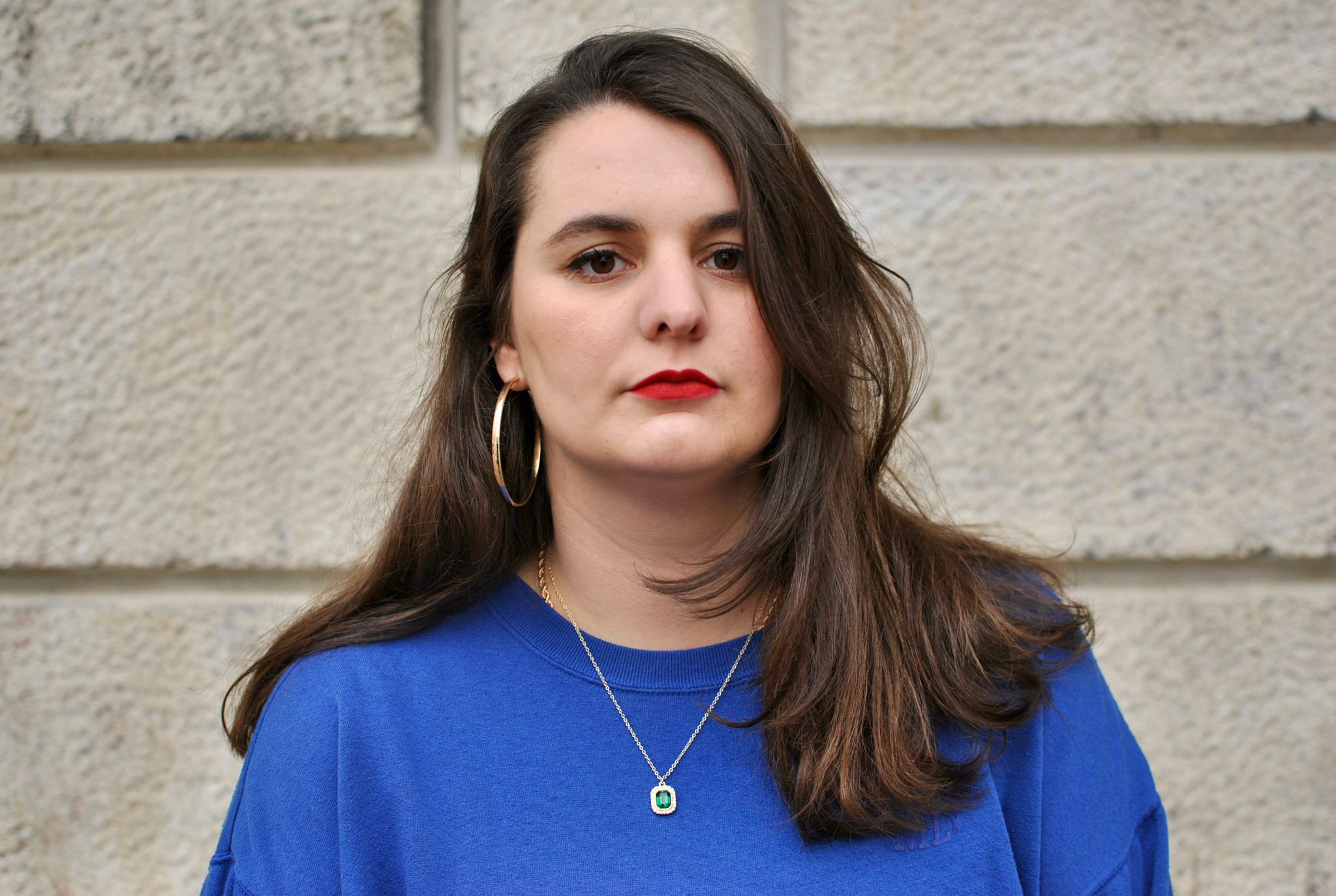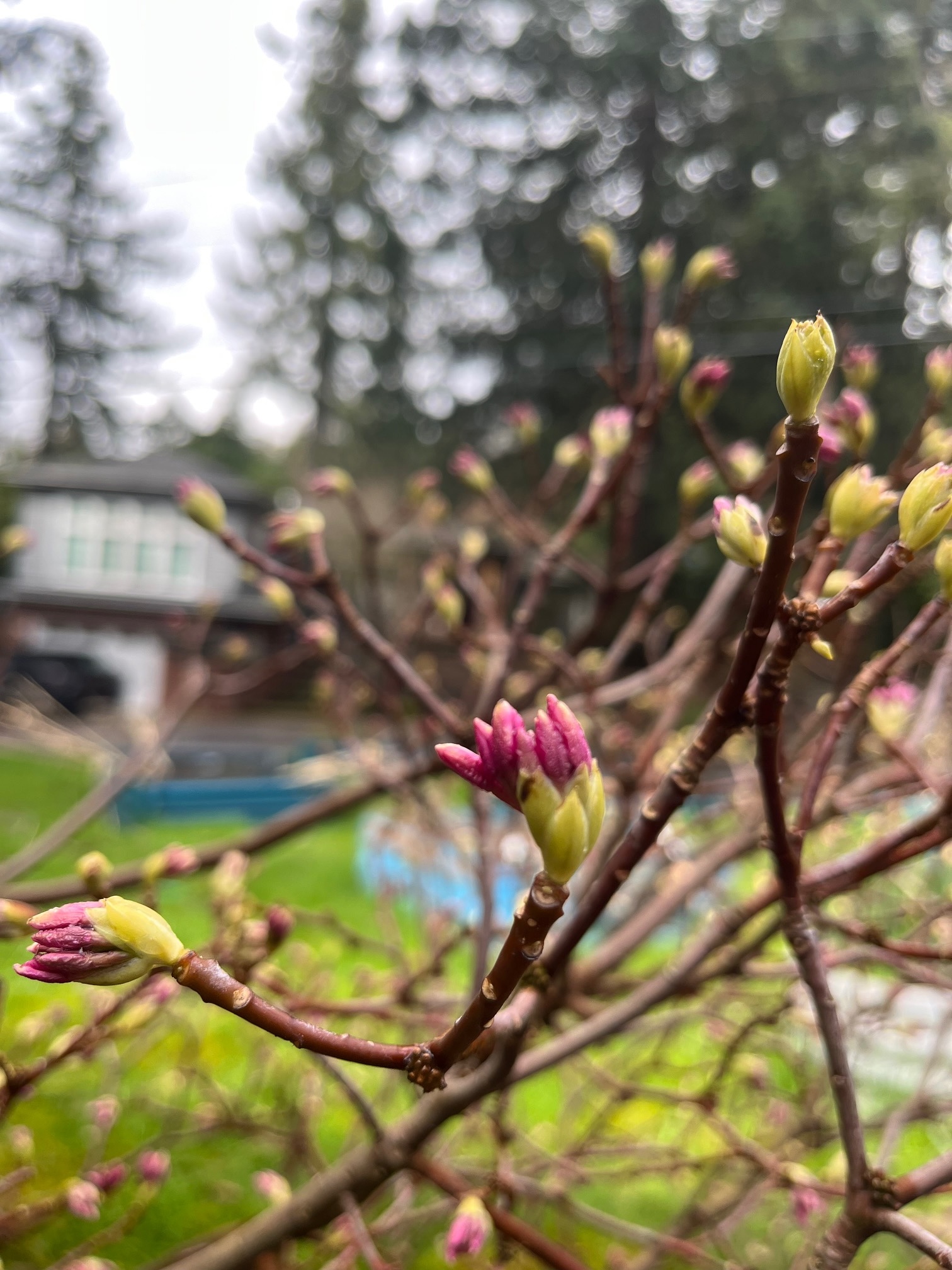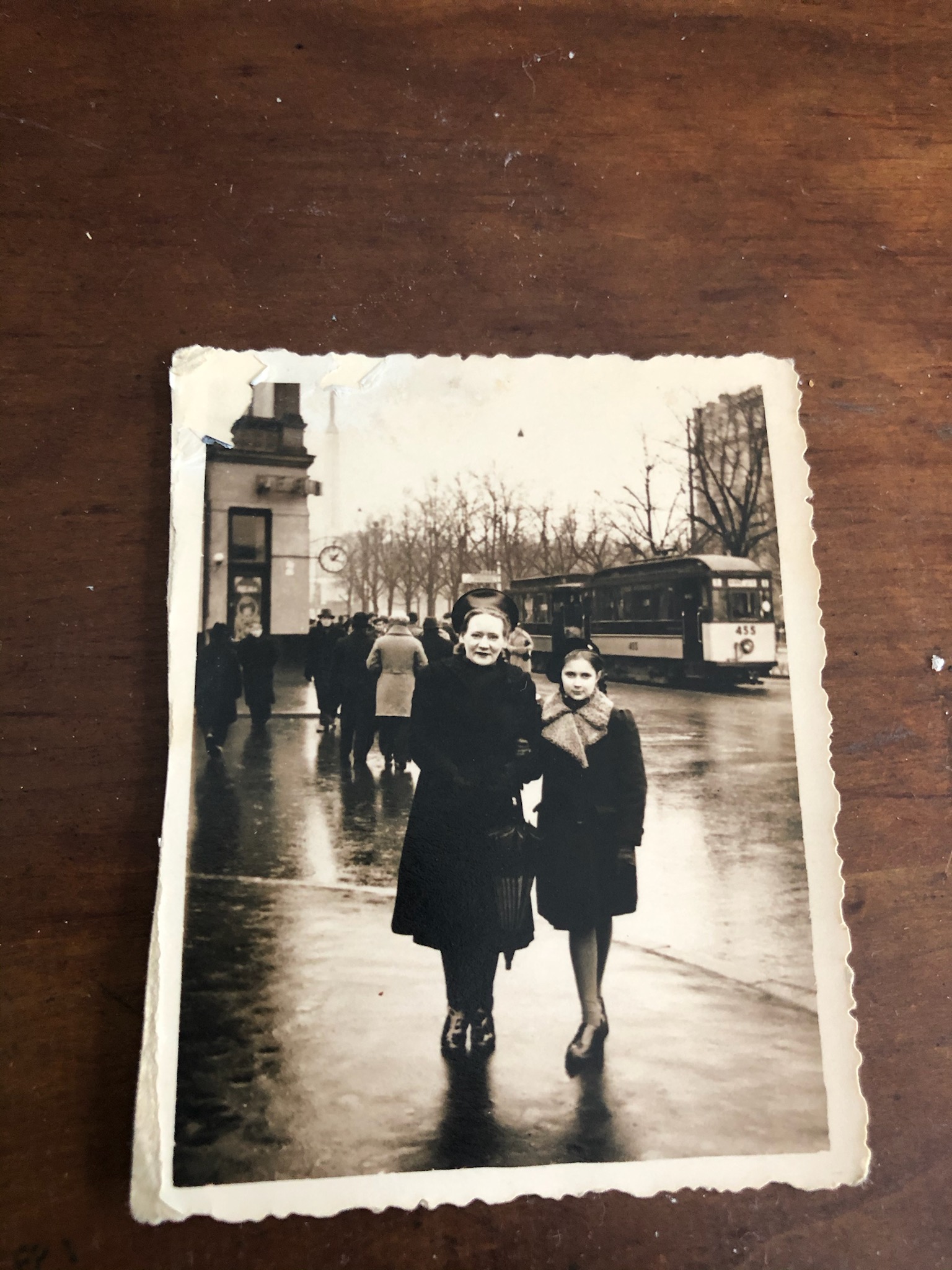“The Book Is Always Better” read a sign perched on top of a stack of Harry Potters and Twilights in the Harvard Coop bookstore last spring. I remembered the sign waiting in line to see director Joe Wright’s new Anna Karenina, adapted by Tom Stoppard and starring Keira Knightley, Jude Law, and Aaron Taylor-Johnson.
IMDB lists twenty-seven movie and TV versions of Anna K, going back to 1907. The 700-page book has also been made into at least four ballets and ten operas.
I’m not a screenwriter, but I imagine the elevator pitch goes something like: “Whaddya think, boss? Beautiful high-society woman married to a stiff finds passionate love with a handsome officer, and her husband and society treat her so bad she throws herself in front of a train. Not bad, eh?”
Of course, this pitch scraps subplots, the parallel story of Levin and Kitty’s happy love, psychological insight, and most of what makes Anna and her situation so enduringly fascinating: that her husband is willing to give her a divorce, that she makes herself suffer a lot more than she needs to, and that she’s arguably more neurotic than noble.
I’ve seen the new movie and two ballets, and read the book three times. The book is better. What makes the adaptations worth seeing is not the story—for that I can reread the book—but how directors and choreographers grapple with the material, what they “get” and what they miss, and the aspects of the book that their failures and successes illuminate, including those I hadn’t noticed.
Director Wright gives us a solid and insightful interpretation of Anna. Keira Knightley’s tremulous elegance captures her neurotic self-destructiveness. Jude Law does a marvelous job of making her rigid husband, Alexei Karenin, at once insufferable and decent. Unfortunately, the slight, blond Aaron Taylor-Johnson’s Vronsky—cast against Tolstoy’s description as a dark, solidly built man—is a physical and emotional lightweight. He misses the emergence of Vronsky’s character as their love becomes an ordeal, and the jaded roué takes responsibility for her suffering. As a result, Knightley has to do all the hard work of maintaining doomed passion. The parallel “happy” story of Kitty Shcherbatsky and Levin’s love gets its sweet due. (In case you forgot, Kitty is Anna’s brother’s sister-in-law, who turns down Levin, expecting Vronsky to propose, only to see him fall for Anna before her eyes, which sends her into an extended depression, driving poor Levin to near despair, before finally getting the girl.)
Readers are always staggered by the number of characters in Anna Karenina. The 1918 Louise and Aylmer Maude translation lists 140. But I suspect that’s not what makes the novel so difficult to adapt. The cast can be reduced to maybe ten principal and supporting roles, along with a “corps de ballet” of High Society, Bureaucrats, Peasants, and Military. What’s harder to dispense with is constant movement, because of the importance of place to the plot and the main characters’ emotional states. The new movie’s originality lies in its imaginative management of the book’s constantly changing settings.
Everyone remembers the opening lines: “All happy families resemble one another, each unhappy family is different.” What follows is less quotable, but shows how Tolstoy imbues place with emotion and character:
Everything was upset in the Oblonsky’s house. The wife had discovered an intrigue between her husband and a former French governess, and declared she would not continue to live under the same roof with him. This state of things had now lasted for three days. They all felt that there was no sense in their living together and that any group of people who met together by chance at an inn would have more in common than they. The wife kept to her own rooms; the husband stopped away from home all day; the children ran about all over the house uneasily; the English governess quarrelled with the housekeeper and wrote to a friend asking if she could find her another situation; the cook had gone out just at dinner-time the day before and had not returned; and the kitchen-maid and the coachman had given notice.
The movie director’s challenge is to capture such subtle mood changes in a vast array of locations. The characters shuttle between Saint Petersburg and Moscow, over 600 kilometers. They go to Levin’s farm, Italy, Vronsky’s country estate, and Karlsbad. They go to the opera, to balls, to dinners, to the races, to government offices. As the excerpt above shows, each building and room has a dramatic function, etiquette, social hierarchy, and associations. Vronsky and Anna’s love affair begins and ends at the train station in Moscow, where they meet and where she kills herself. In between, their movements reinforce Anna’s belief that she can’t escape opprobrium and that she deserves to suffer for her transgression. The moment of truth comes in Italy, when the charm of old stucco palazzos palls. Anna awakens tormented from the “delirious dream” of fleeing her husband, “as a man might feel who when in danger of drowning had shaken off another who clung to him.” Bored and isolated, they return to Russia. From this point, we know there is no happy ending.
Wright could have tried to capture all this coming and going realistically. But that would have presented problems of time and weighed the narrative down with the tedium of “… and then, and then, and then…” He could have made the action less peripatetic by cutting scenes. Instead, Wright frames the story in a sort of magical proscenium theater complete with painted velvet curtain, which dispenses with the fourth wall and the need to maintain the illusion of grown-up realism. Like in C.S. Lewis’s Narnia books, where readers watch characters go through a wardrobe and witness the process of the magic world becoming the real world, in Wright’s movie, one minute, we’re in the audience; the next, we’re backstage with the actors, entering and exiting, maneuvering around sets, climbing catwalks. We see ropes, pulleys, bare boards behind sets, all the heavy machinery of illusion (a marvelous metaphor for what a novelist does). At one point, a stage hand sweeps an empty theater, as Levin walks through the backdrop into the country.
This conceit also lets Wright change the visual “rules,” drawing on traditional and avant-garde artistic styles and theatrical techniques at will. A moment in which we’re acutely aware of a man in front of painted backdrop may dissolve into a live street scene. Or an entire room may be a single piece of furniture on a bare stage, such as Anna’s foresaken son Seryozha’s sleigh bed. In another movingly minimalist scene, Karenin sits at the edge of an empty stage on a chair, footlights shining into his face, and asks, “Tell me, what did I do to deserve this?” We see suicidal Anna in a morbidly elegant salon with midnight-blue-flocked wallpaper; then we see her in a carriage on her way to the station. The next setting is the station, but here, Wright pulls away from realism. The staring crowds are actors frozen in place on the catwalks. At the last moment, we see Anna watch, then pitch herself at a real arriving train.
The scenes-within-scenes device also evokes Russianness, reminding me both of nesting dolls and the puppet theater in the famous Vaslav Nijinsky ballet Petroushka, which we see from the outside as rustic entertainment, then from inside as a set of hellish chambers.
In fact, Wright’s stylized approach makes the movie feel like a ballet, and a far better one than either Alexei Ratmansky’s, which I saw performed by the Maryinsky Ballet in New York in 2011, or Bolshoi Ballet star Maya Plisetskaya’s 1972 choreography. Both use the score by Plisetskaya’s husband Rodion Shchedrin. In the new movie, Stoppard’s screenplay slashes long exchanges to a line or two, allowing movement, stylized or natural, to fill out the scene. “Mama, I knew you would come” is virtually all we get of the dialogue between Anna and Seryozha when she sneaks back to visit him on his birthday. Modern dance choreographer Sidi Larbi Cherkaoui’s dance for the clerks in Anna’s brother’s office reminded me of Charlie Chaplin’s “Modern Times,” capturing the humorous and sinister sides of tedious, repetitive work. The ball where Kitty loses Vronsky uses classical ballet lifts and adds his serpentine arm movements to the partnering, which interestingly resemble the Plisetskaya choreography for that scene.
Yes, it’s unfair to compare a conventional ballet to a movie. Apples to oranges, etc. In addition to words, a movie director has the closeup. In a scene taken from the novel (and Tolstoy’s courtship of his wife), Wright creates a dance for hands, when Levin and Kitty communicate their love with letter blocks while a party goes on around them. Such a staging is beyond the capability of conventional ballet.
The question the movie’s successful blend of text, complex visuals, and pedestrian and stylized movement raises for me is why ballet choreographers feel that 700 pages of words can or should be reduced to pure movement. What do they think they can add to or express about the book? There’s box office allure in the famous story. But watching Ratmansky’s production, my mind kept wandering to how much the set cost.
The great 19th century novels are as preoccupied with money and legalities, such as wills and inheritance, as they are with love, concepts that don’t translate to classical ballet’s virtuoso vocabulary. Choreographer George Balanchine famously said there are no mothers-in-law in dance (to say nothing of sisters-in-law of the heroine’s brother). The classical story ballet is a problematic art form. Even the best-known, Swan Lake or Giselle, are hard to follow unless you know the stories, which are not part of the literary canon, and are therefore little known outside the balletomane’s world.
Normally, great ballet companies deliver beauty reliably. But my memory of Ratmansky’s Anna Karenina, which I saw eighteen months ago, is dominated by a huge locomotive that bizarrely moved sideways; an unintentionally silly horse-race scene, with male dancers miming riding; and Rodion Shchedrin’s grating score. Ratmansky’s Anna was a critical bomb. Alistair Macauley, the New York Times dance critic called it “a complete waste of everybody’s time.” Its failure was that it was impossible to tell what the choreographer wanted to convey about this great work of literature.
Plisetskaya, who also dances Anna in the 1974 film version directed by Margarita Pilikhina, strips the story to the elevator pitch (No Levin-Kitty). What works well in this version is the use of mostly minimalist sets, which allows scenes (places) to shift almost imperceptibly (no visible machinery or sideways-moving trains). Unfortunately, the movement is conventional—grands-jetés en tournant (leaping turns) mean panic, for example. Alexander Godunov as Vronsky is constantly jumping up and down behind Plisetsakaya in the pas de deux. According to the liner notes of the DVD, Plisetskaya had long wanted to dance Anna and, unable to find a choreographer willing to tackle it, made it her first choreographic project. While the production doesn’t illuminate Tolstoy’s work in any new way, Plisetskaya’s passion and commitment to the role is worthy of any great literary heroine.
Wright’s film, on the other hand, follows more in the line of avant-garde choreographers and theater directors, who incorporate text and theater into movement. Yet, perhaps because of the 19th century Russian setting and the formality of the society it depicts, it looks balletic—elegant, virtuoso, sensual, abstract, and evocative.
Wright’s movie has been a critical success, lauded for the risks and liberties it takes with the novel, but the ultimate test of an adaptation is whether it acquires a life of its own. Here musicals based on Shakespeare seem to have the best track record. Adaptations don’t have to be better than or as good as the original to have value. They’re the only way many people experience some of the world’s best stories. Maybe that’s enough, though I find it depressing that the kitschy “Les Miz,” now a movie, is the closest most non-Francophones get to Les Misérables. (My pick for transcontinental train rides.)
I doubt anyone curled up with Anna Karenina after Ratmansky’s turgid ballet. They might after watching Plisetskaya (on film) throwing herself into the air. I suspect after Joe Wright’s magic-theater version, quite a few who haven’t read the real Anna will go to Tolstoy to see what the fuss is really about.
Julia Lichtblau is the Book Reviews editor of The Common.
Photo from Flickr Creative Commons



